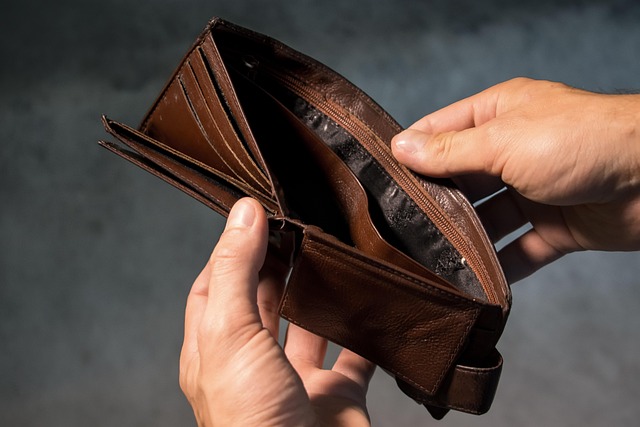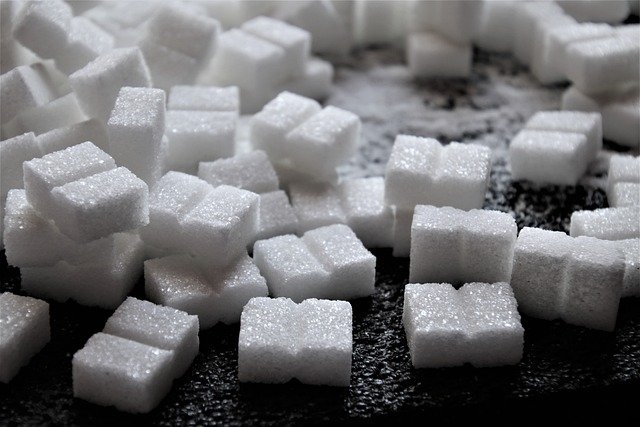In prosperous times, every family would typically have 8 to 10 children. None of the children had the chance to attend school; they learned Urdu simply by reading the Quranic verses. Those who did manage to learn, were sent to the fields as soon as they could lift their heads. If a child brought a cow from another village, they were considered to have completed primary school, and if they could handle a plow, they were regarded as having completed secondary school. If someone worked in a mill, they were considered to have earned a master’s degree. In such a system, parents didn’t have to spend much, and the family was purely profit-driven.
Thus, parents never became frustrated or spoke ill of their children. Life was peaceful, and when a boy’s mustache began to grow, or when he reached puberty, a girl was selected from the same household and married to him. The bed and water bucket were placed on the roof, and marriages typically took place with a 16-year-old boy and a 14-year-old girl. This was the custom in nearly all villages, where parents were content, and children, even if they were 10 in number, still managed to earn their own daily bread, even if it meant gathering peanuts.
There was no selling of jewelry, no fraud by agents, no lengthy queues at NADRA offices, no curses from parents, and no depression among children. Economic suicides were rare, and when one did occur, it was usually due to the failure in love. Frustration was not a part of either generation.
However, times changed. As Mangla brought the Kashmiris to London, other regions followed suit. People began selling their lands and jewelry to send their children through Iran, Greece, and Dubai, hoping for a better life. Some made it, but others perished along the way. Those who succeeded had ATM cards or similar means to send money home, and their primary goal was to ensure their children received an education and secured good jobs. Competition for education intensified, especially as Indians, who were better educated, occupied office jobs, while Pakistanis took up lower-level work.
With electricity reaching villages, appliances and other electrical goods were imported. Parents worked tirelessly to provide for their children, sacrificing their youth and emotions. Fathers began visiting the country every 4 years, but even a month-long stay hardly allowed them to connect with their children, who would be busy with school. With better facilities, children became more spoiled, and mothers concealed this fact, while fathers worked 16 hours a day, sending money back home.
Soon, a cold war began between parents and children. The increasing cost of education led to frustration. The education system became tougher; the simple English taught years ago was no longer enough. Now, English started in kindergarten, and even after hours of study, children could still fail, leading to humiliation at home. The parents began to lose patience, and a wall of silent, yet tangible, hatred began to form between them.
During exam results, police would be stationed at the bridges, as failing children, upon hearing their results, would often choose death over returning home. Parents would show the financial records, while children displayed the bruises and marks on their bodies. In the end, if the financial burden were absent, the relationship between parents and children might still have survived. But when every moment was consumed with complaints about these expenses, they turned into a wound, a lasting one.
One woman, returning from abroad, bought a dress for a poor woman in the village and asked her to have it sewn and worn. However, the woman likely gave the dress to her daughter instead. The lady, every time she saw this woman, would ask, “Aunt, didn’t you get the dress sewn yet?” Eventually, the woman began avoiding her and taking alternate routes to avoid the confrontation. One day, she was caught early in the morning, and she pleaded, “If you’ve given me the dress, please let me live in peace.”
This situation mirrored that of children, who would ask, “If you’re making me study, then stop constantly reminding me of it. I’m suffering from depression because of it.” Parents, filled with frustration long ago, began to treat their children coldly once they started earning. As a result, their relationship turned bitter, with the influence of spouses often exacerbating the issue.
Parents, having sacrificed everything, hoped their children would continue to meet their demands. Yet, the children, now burdened with these expectations, were unable to meet their own children’s needs. A silent war raged within the home, as mothers, too, began to feel the strain of their own children’s rights being compromised.
When it came to marriages, the idea of alliances within the family had been shattered. People sought relationships outside the family, as the political and social divides created by previous generations made such alliances impossible. The conflict had reached a point where one faction would accuse the other of trying to take revenge, and the cycle of distrust continued.
In the end, the traditional family system in Pakistan, once a powerful identity, has lost its essence. While it still exists in the form of identity cards, its practical significance has faded, and the system has nearly disappeared. Whether anyone accepts this reality or not, it remains the truth.






